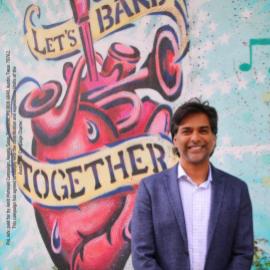SUPPORT THE ENTIRE BOND PACKAGE THIS NOVEMBER, particularly Prop A and E which
pave the way for increased affordable housing supply and related supports that indirectly address
affordability through manifold mechanisms (detailed in responses below).
- Increase unit supply ASAP, specifically on available public land. As guided (direct quote) by the
blueprint recommendations: - Preserve: Acquire and rehabilitate affordable homes at-risk, Advance new home
ownership models, Create supportive financing environment - Produce: Simplify regulations, Use available public land for affordable housing, Expand
funding at all levels, Adopt proven policies - (Speculative) Creatively develop a generic fund that is similar that is modeled on the State’s
“rainy day” discretionary fund that is funded through fees or incentive deals with developers
and/or large employers that can be used to discretionary cover budget gaps (i.e. not directly fund
housing affordability). As such, City might increase affordability that could displace funding from
other areas of the budget (that are not affordability oriented), which in turn might be funded by
stop-gap discretionary funding from rainy day, potentially circumventing the state-imposed ban on
funding affordability through fees. This might at least create a rubber steak among many for
State AG office to chew on for a bit while expending fleeting and diminishing political capital.

